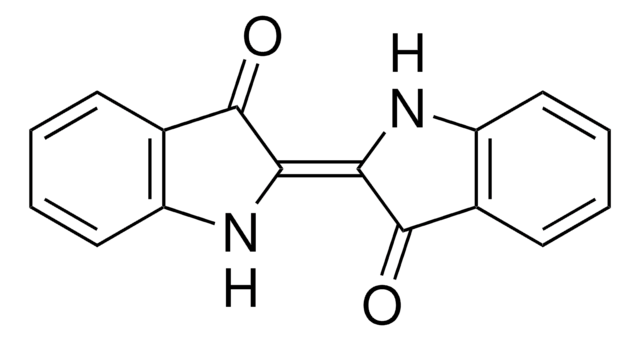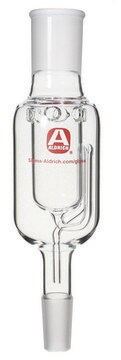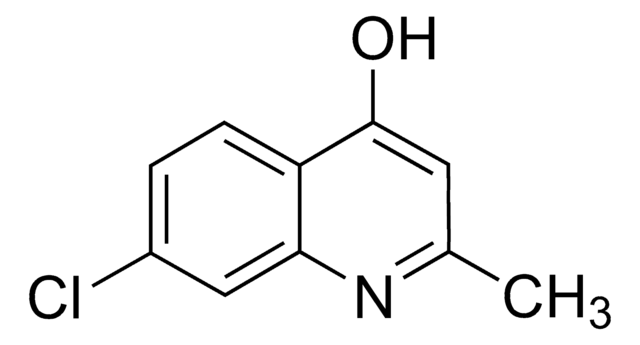611859
Chloroform solution
NMR reference standard, 20% in acetone-d6 (99.9 atom % D), NMR tube size 5 mm × 8 in.
About This Item
Prodotti consigliati
Grado
NMR reference standard
analytical standard
Livello qualitativo
Concentrazione
20% in acetone-d6 (99.9 atom % D)
tecniche
NMR: suitable
Misura tubo NMR
5 mm × 8 in.
applicazioni
environmental
Formato
single component solution
Stringa SMILE
ClC(Cl)Cl
InChI
1S/CHCl3/c2-1(3)4/h1H
HEDRZPFGACZZDS-UHFFFAOYSA-N
Cerchi prodotti simili? Visita Guida al confronto tra prodotti
Caratteristiche e vantaggi
Quantità
Avvertenze
Danger
Indicazioni di pericolo
Classi di pericolo
Acute Tox. 4 Inhalation - Carc. 2 - Eye Irrit. 2 - Flam. Liq. 2 - Repr. 2 - Skin Irrit. 2 - STOT RE 1 Oral - STOT SE 3
Organi bersaglio
Central nervous system, Liver,Kidney
Codice della classe di stoccaggio
3 - Flammable liquids
Classe di pericolosità dell'acqua (WGK)
WGK 3
Punto d’infiammabilità (°F)
1.4 °F - closed cup
Punto d’infiammabilità (°C)
-17 °C - closed cup
Dispositivi di protezione individuale
Eyeshields, Faceshields, Gloves, type ABEK (EN14387) respirator filter
Scegli una delle versioni più recenti:
Certificati d'analisi (COA)
Non trovi la versione di tuo interesse?
Se hai bisogno di una versione specifica, puoi cercare il certificato tramite il numero di lotto.
Possiedi già questo prodotto?
I documenti relativi ai prodotti acquistati recentemente sono disponibili nell’Archivio dei documenti.
Il team dei nostri ricercatori vanta grande esperienza in tutte le aree della ricerca quali Life Science, scienza dei materiali, sintesi chimica, cromatografia, discipline analitiche, ecc..
Contatta l'Assistenza Tecnica.









